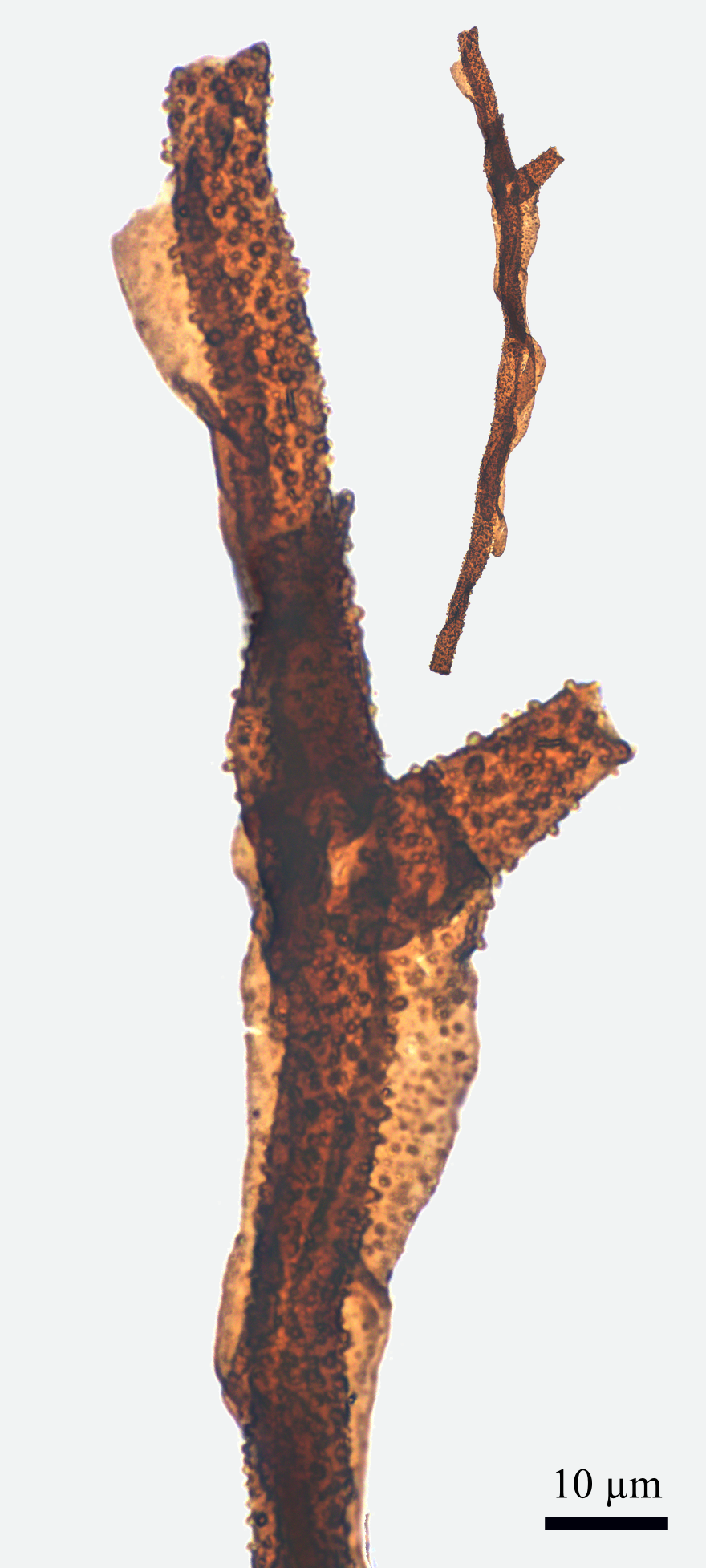“Problematic” fossil turns out to be oldest known example of life on land
Ars Technica 2016-03-02
4 more images in gallery
Life oozed out of the seas onto land somewhere between 450 and 500 million years ago, but we have almost no fossils from this period on land. That may be about to change. A scientist in the UK believes he's identified the oldest terrestrial organism yet discovered, after careful analysis of 440-million-year-old microfossils gathered in Scotland and Sweden in the 1980s.
Durham University Earth scientist Martin Smith suggests in a new paper published in the Botanical Journal of the Linnean Society that a few fossilized filaments discovered in Scotland and Sweden are actually part of a root-like system used by fungus to gather nutrients from soil. They were long known as "problematic" fossils because nobody was sure what they were, nor where they fit into fungal evolution.
Smith identified the filaments as part of an ancient fungus called Tortotubus, which bears some resemblance to modern mushrooms—though we have no fossils that could prove that the fungus had fruiting bodies like mushrooms do.
